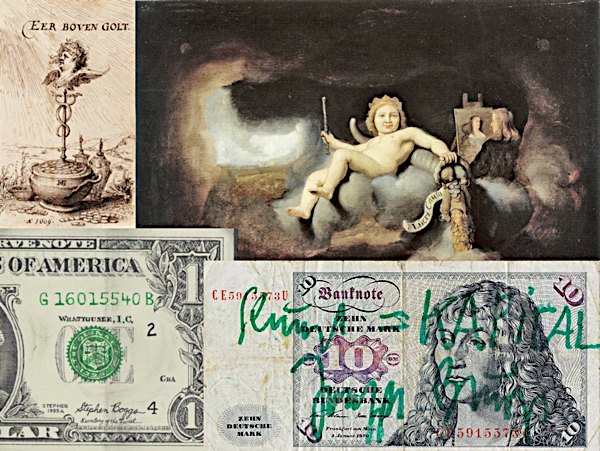Art and Money

What makes a work of art, a gold coin, or a dollar bill valuable? Both money and art raise questions about value—where it comes from, ways it is measured, how it is certified, and how it is produced in social transactions and systems of exchange. This class takes up these and other issues that have fascinated and troubled artists, economists, and consumers for centuries. The seminar examines ways that aesthetic, social, and economic values have been negotiated through the making, marketing, and exchange of art in early modern Europe and later capitalist societies. Using the complex art market that developed in northern Europe the seventeenth century as a touchstone, the course explores relations between commercial and artistic innovation, between patronage and market systems, and between economic and social values in order to understand how early modern economies of art resemble and how they differ from today's art markets. Case studies feature works by a range of early modern and modern artists, including Rembrandt, Vermeer, Joseph Beuys, Damien Hirst, and others whose art poses pointed questions about the relationships between art and money. Discussion topics include: art as a medium of exchange, currency as an art form, the imagery of money, trompe l'oeil, credit and credibility, and what the production of copies, multiples, fakes and forgeries can reveal about the shifting notions of originality and authenticity. Readings and discussions will introduce students to theories and concepts of value that will help us investigate what art and money have in common, where they diverge, and how each negotiates social, aesthetic, and material values. Evaluation is based on informed participation, several short quizzes and in-class exercises, and a final research paper.
Estimated cost of materials: $50 or more but less than $100.
HISTART Category for Concentration Distributions: D. Europe and the United States, 3. Early Modern, 4. Modern and Contemporary.